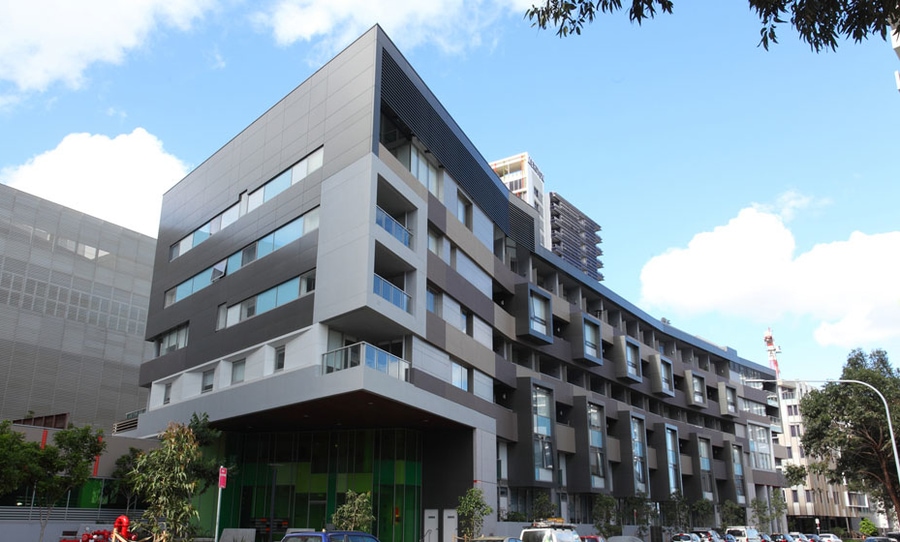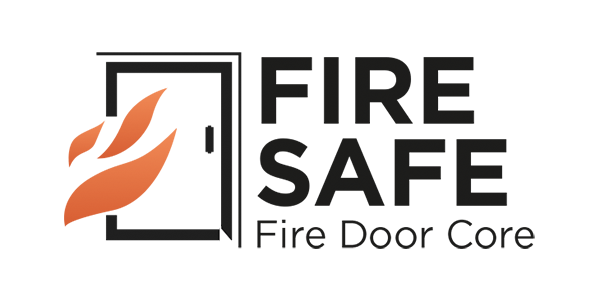Learning The World Of Fire Doors
Fire Doors are a quintessential aspect of building design and construction. They protect establishments, and more importantly, the people inside them.
Fire Doors have become a safety staple for workplaces, eateries, halls, schools, and establishments everywhere. In the case of a fire, these doors are your ultimate protection until help arrives.
In short, fire doors save lives. Let’s run through the basics of fire doors, from application to aesthetics, to regulations.
What are Fire Doors?
Fire Door is short for a fire-rated door set. The door leaf, door frame, locks, handles and other elements all function together to create the most effective fire-resistant door possible. Fire Doors are also known as passive fire protection devices, meaning that they will serve their purpose without the need for human assistance if installed correctly.
Fire Doors have a range of classifications, depending on their strength. They can range from 30 minutes of withholding fire and smoke all the way to up to 2 hours of prevention. The most common types are the
- Sale Occupancy Unit Fire Rating Level -/60/30 (one hour of prevention)
- Common Property Fire Door -/120/30 (two hours of prevention)
Installation
Fire doors can’t be installed by anyone with a toolbox and a good attitude. The stakes are too high. For fire doors to meet government compliance standards and ensure maximum safety, they must be installed by qualified individuals. This includes qualified fire-door installers (us), and some carpenters and buildings. Always double check your installer has the credentials for the job so you don’t have to overspend on a redo.

Fire Door Materials
While fire doors are there to keep people safe, they are also widely customisable for aesthetic purposes. Heritage buildings, modern workplaces and more all require fire doors with unique materials to match the aesthetic qualities of the buildings. With the right installer, it’s possible to match the fire door to the building without sacrificing functionality. Common types of fire doors include
- Glass (with fire-rated glazing)
- Metal Sheeting
- Wood Veneer
Maintenance and Regulations
You’ll need to have your fire doors inspected half-yearly or annually, depending on the door type. This is a must-do to comply with the strict Building Code of Australia. If your fire doors were installed before the 1990s, it’s definitely worth checking that they weren’t constructed with thermal insulation (aka, asbestos). If so, they’ll need to be removed by a qualified asbestos remover, then replaced. It is the role of the building manager to ensure all fire doors and inspections are up to scratch.
Have a fire door related enquiry? We’re happy to help. Contact Fire Safe Doors at [email protected] or call (02) 9070 0732, and we’ll work through a plan for your needs.

